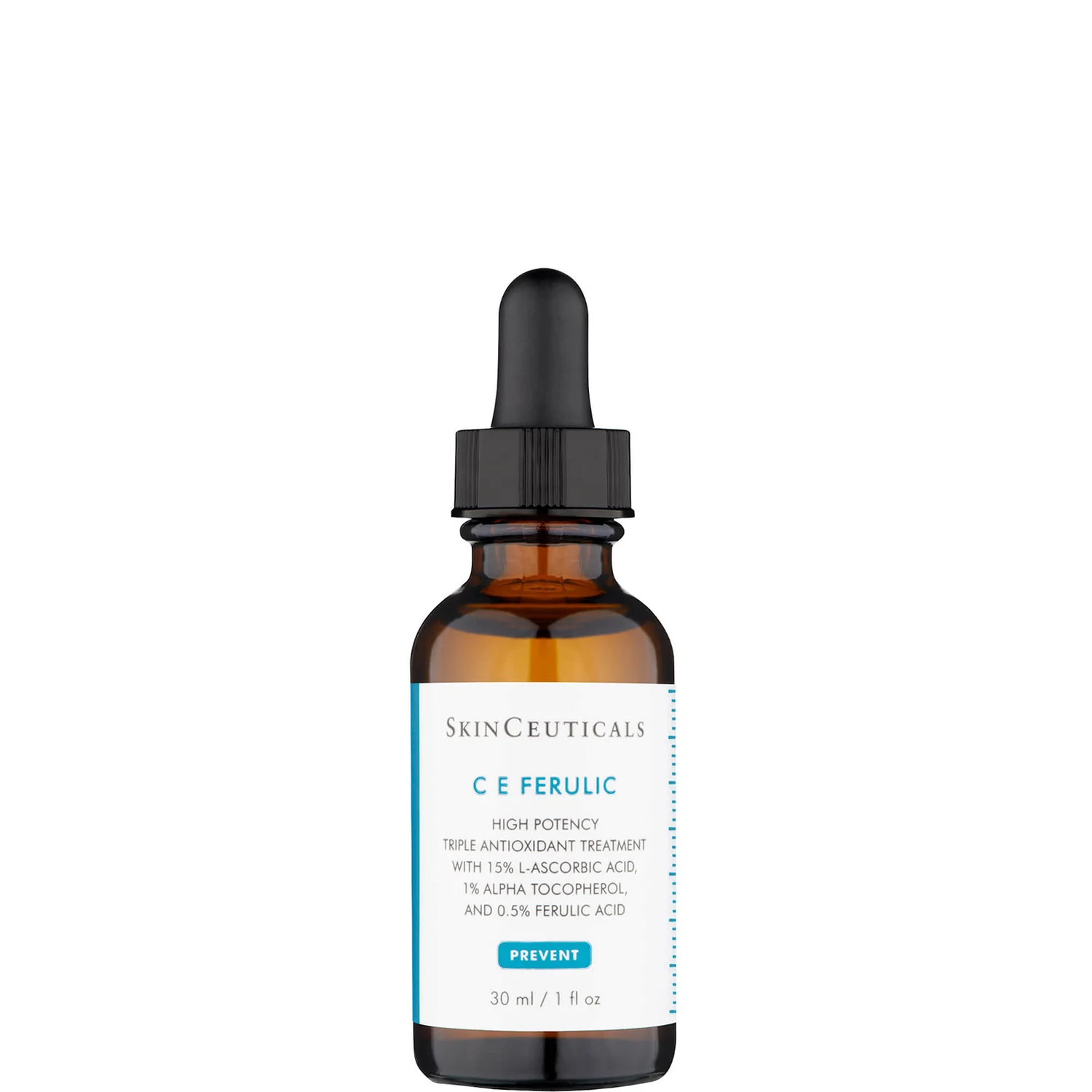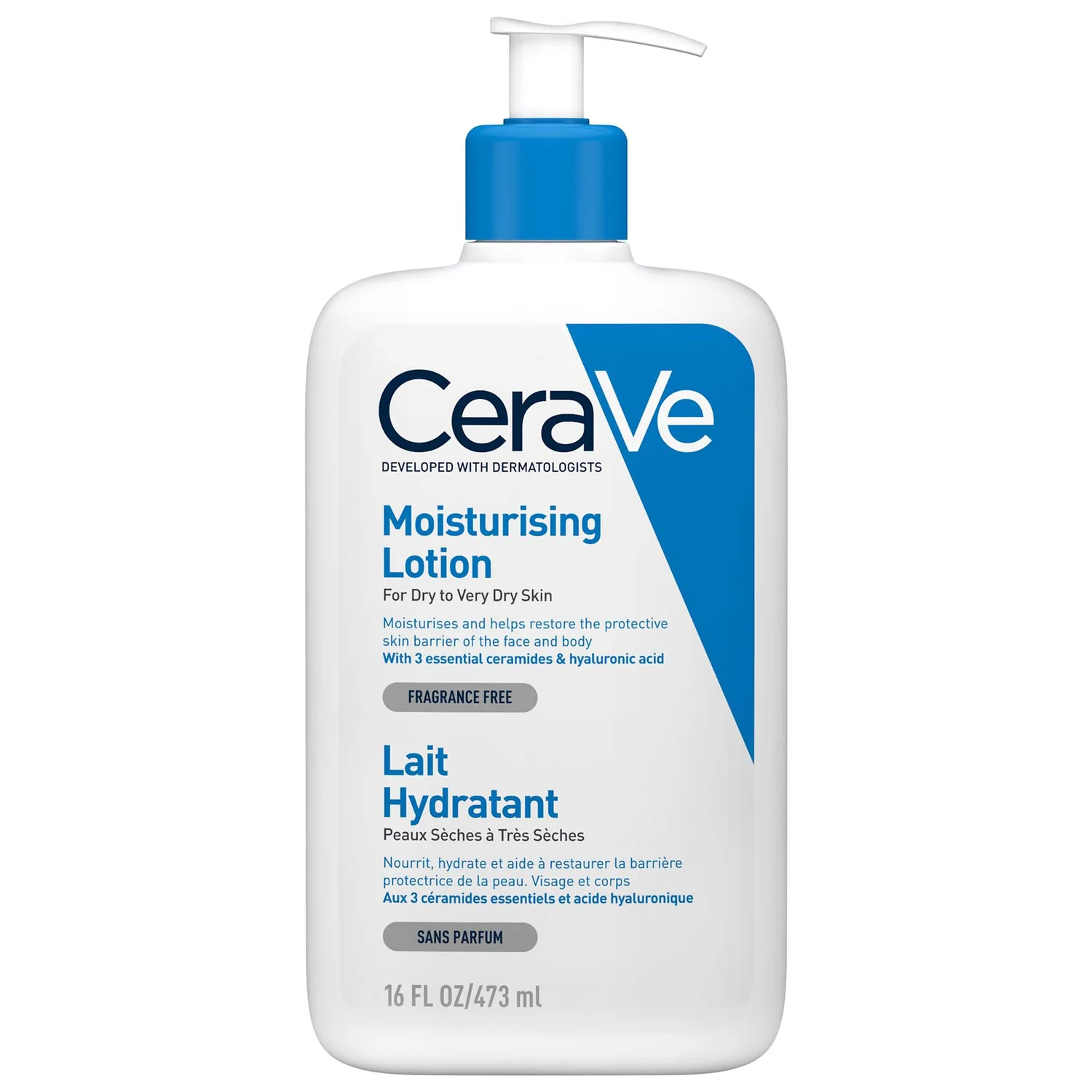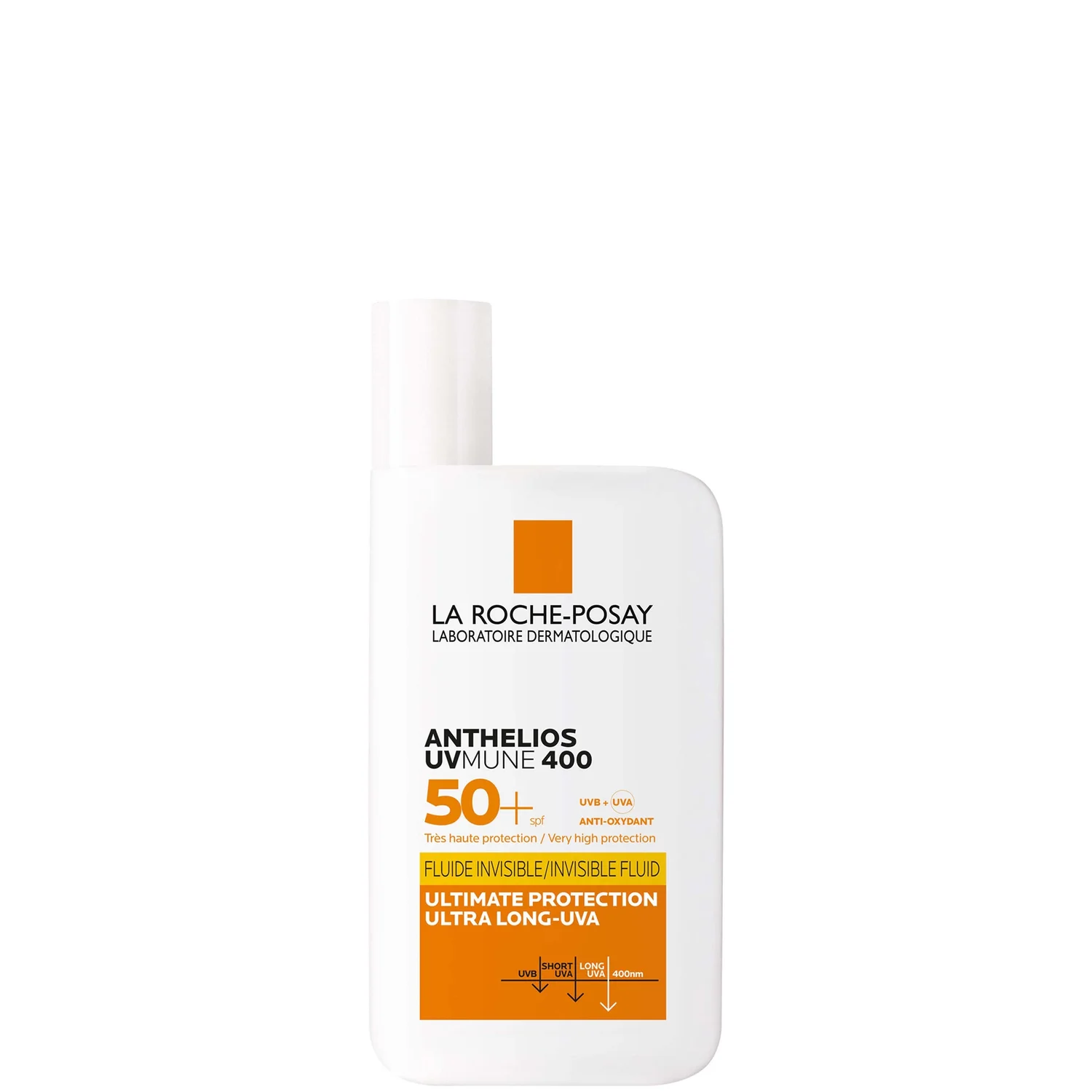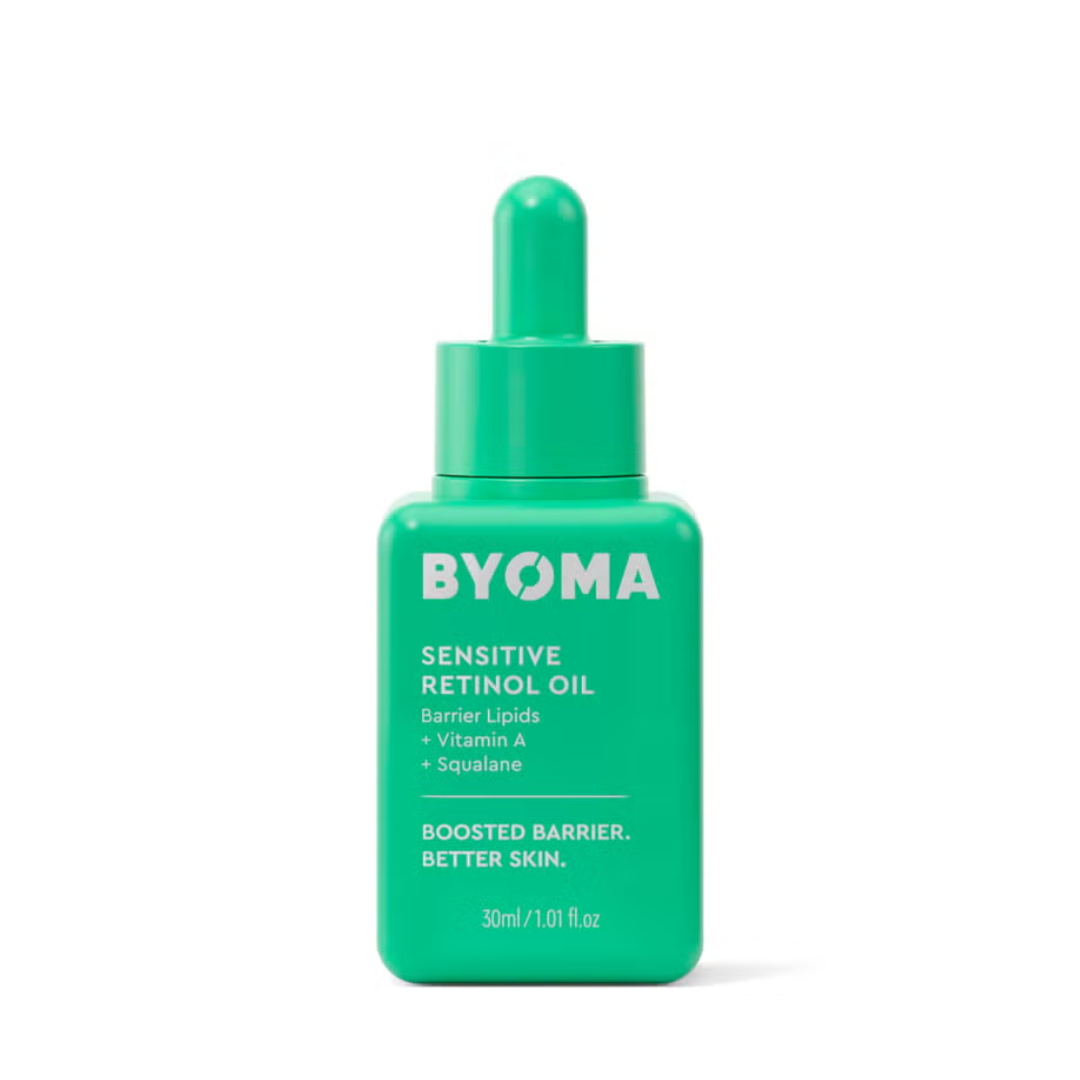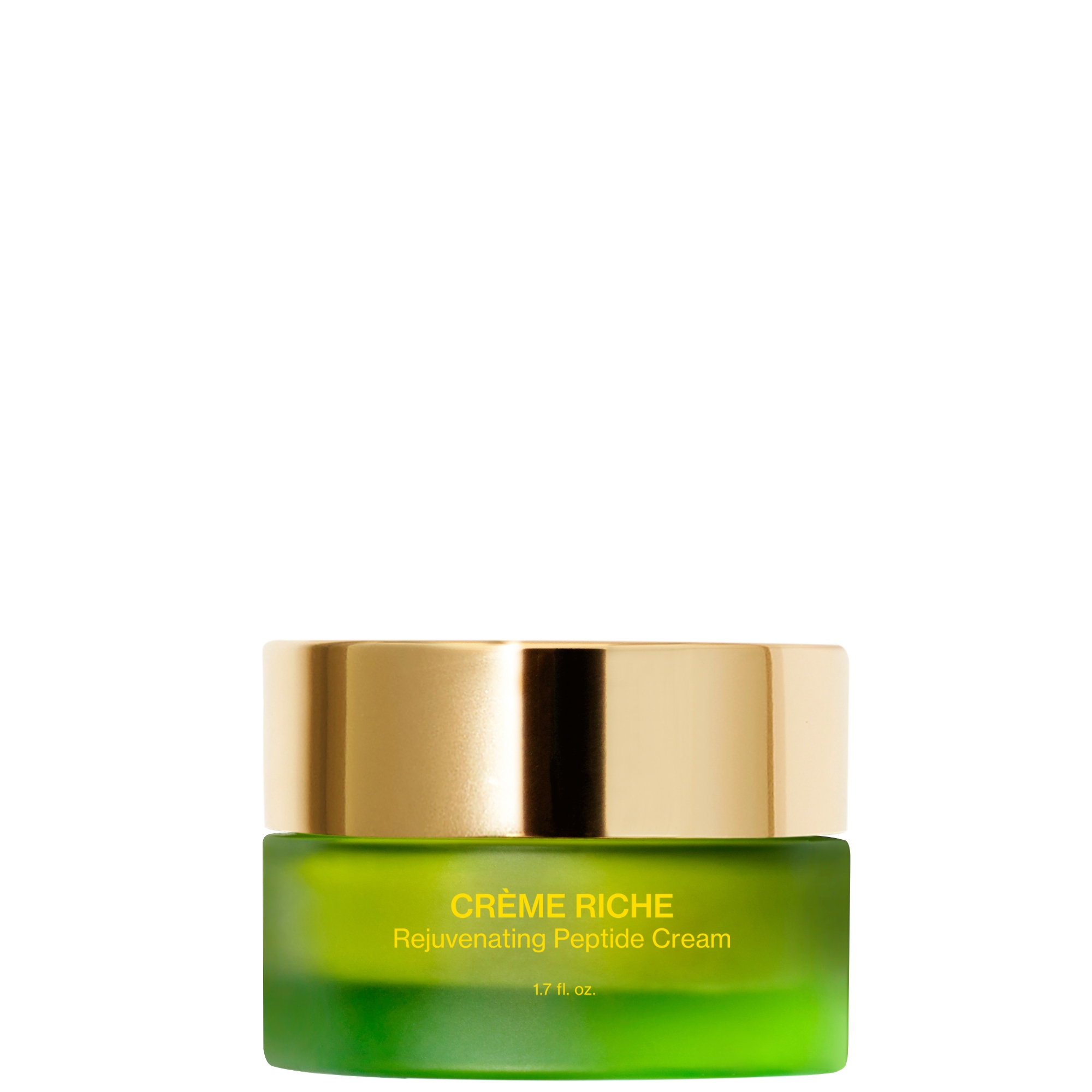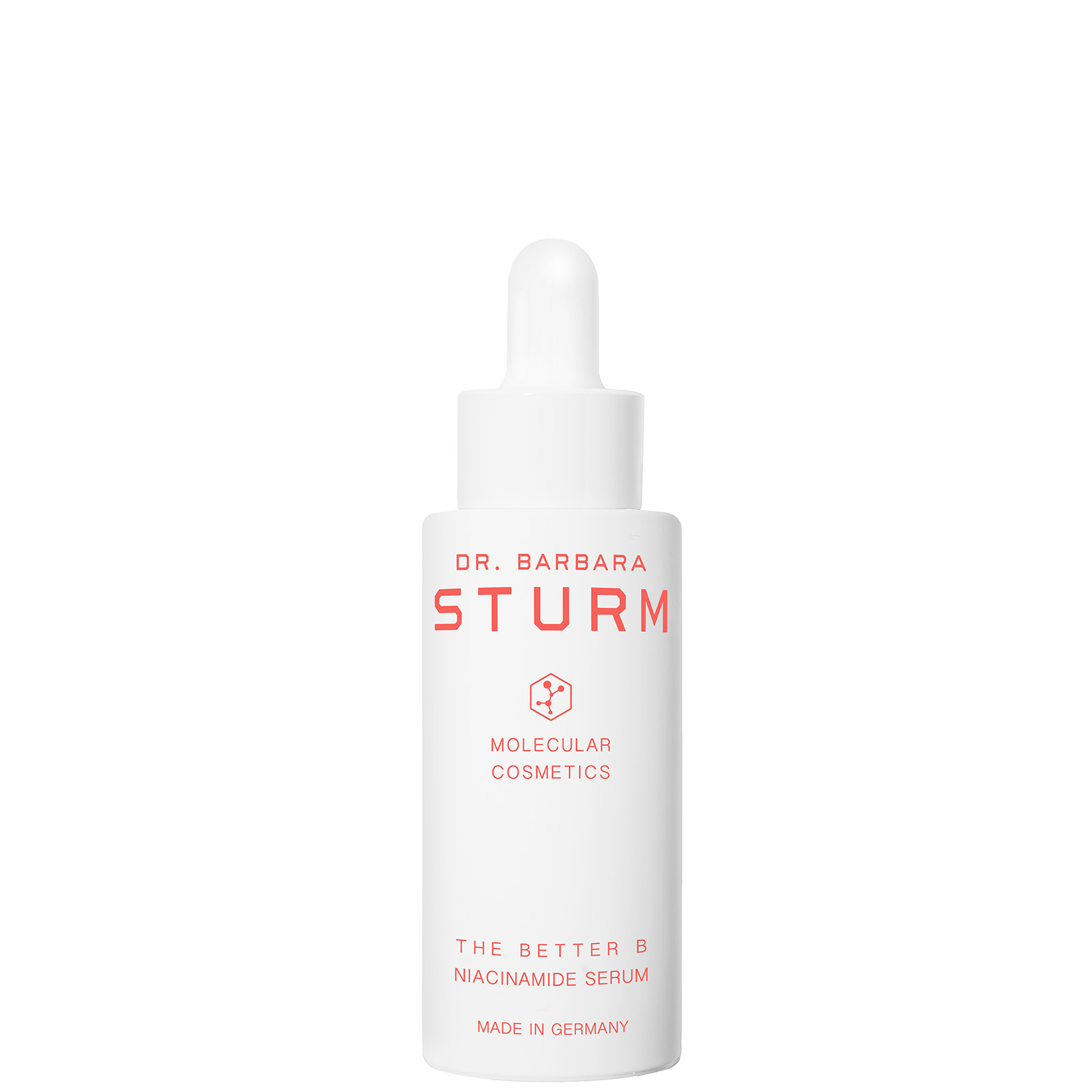Abiding by the rules of ‘circadian beauty’ has transformed my skin for the better—I didn’t even need to buy a single product
A few simple swaps is all it takes
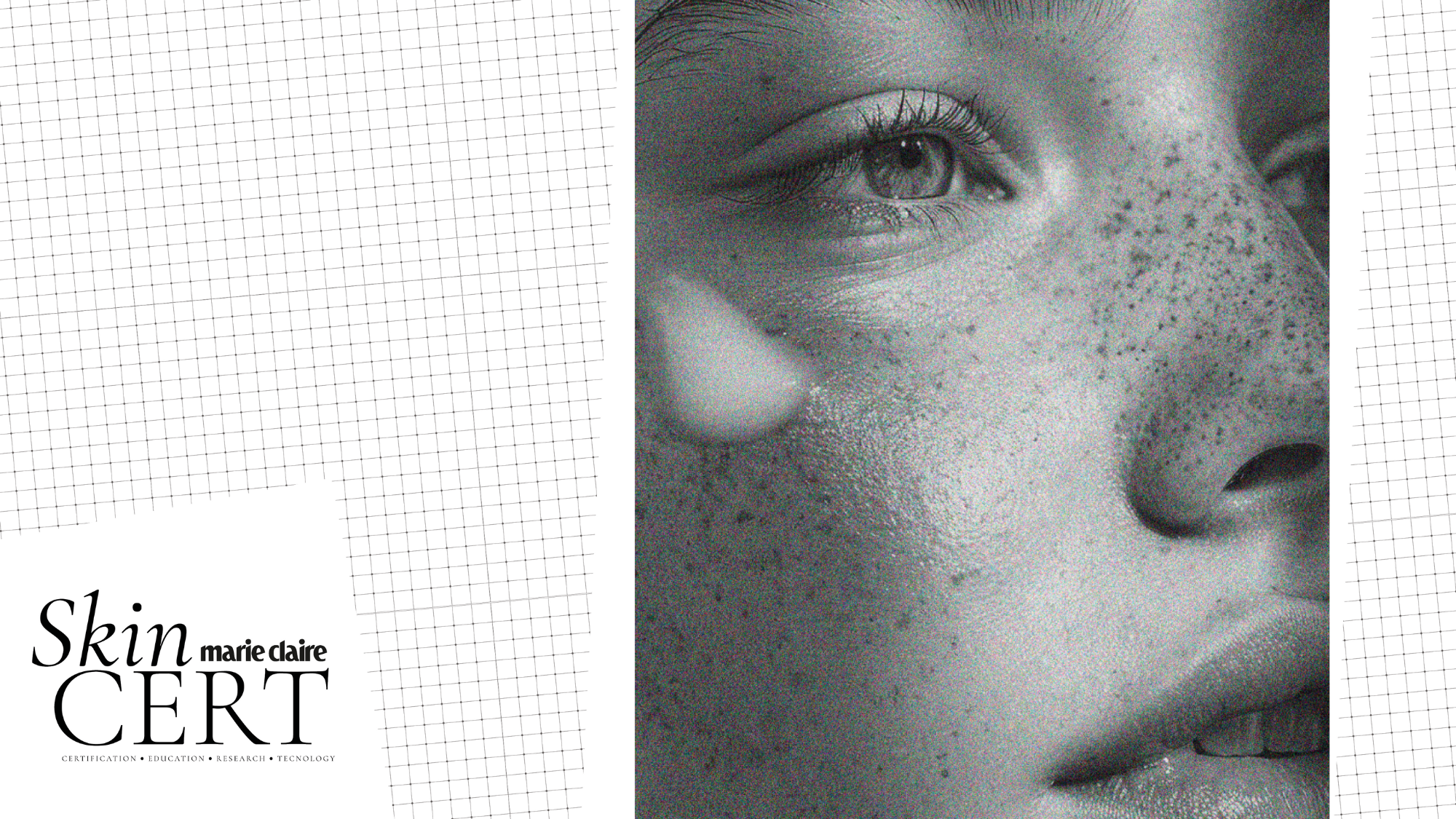

Like many beauty obsessives, I have started overhauling my skincare regimen as we begin the warmer months. There are things that we instinctively do, like swapping out heavier moisturisers for more gel-like formulas, but we often stop there. Even I have fallen into this rut, as someone who tests products for a living—it’s easier, and cheaper to rely on tried and tested items. Still, I kept hearing rumblings about 'circadian beauty' in the industry, and well, it's my job to investigate.
"Circadian beauty is the name given to working with our skin’s natural circadian rhythm, which is your body’s internal clock,” dermo-pharmacist and Lixirskin founder Dr Colette Haydon tells me. Dr Ellie Rashid, CeraVe’s consultant dermatologist, adds: “It’s quite a buzzy term, but the logic of adapting skincare to the skin’s natural cycles makes sense, and it’s usually how we recommend routines.”
On the surface, it seems pretty self-explanatory: we have different needs throughout the day—protection during daylight hours, and then in the evening, it feels intuitive to focus on recovery. "It's best to work with our circadian rhythm and not fight against it to achieve the best skin,” Dr Haydon confirms. “Our cells have limited energy that can quickly be depleted, and so they will prioritise what job to do.”
Looking at my own, rather unwieldy routine, I found that while I wasn’t making many circadian faux pas, I wasn’t necessarily making the most of my products by using them at the optimal times to boost their efficacy. So, over the next month, I set out to nail my regimen as dictated by the natural world order. I began by tackling the part of the day I dread the most: the morning.
What products should we use in the AM, according to circadian beauty?
As Dr Haydon explained above, skin cells have a certain level of energy during the day, and it’s not limitless. This energy is provided by a molecule called Adenosine Triphosphate (ATP). "It is the fuel of cells, and when it’s gone, it’s gone,” she tells me. “To manage this energy, the skin has priorities at different times of the day."
During daylight hours, the skin wants to stay hydrated and protected from the sun, and against external and environmental stressors like UV radiation and pollution, and free radicals. The latter is a particular concern, says Dr Rashid: “They are unstable molecules that form as a by-product of the body’s energy production. They can also be triggered by external factors like pollution, UV exposure, smoking and stress. These molecules seek balance by stealing electrons from healthy cells, which can lead to the ageing of the skin."
To counterbalance this, she recommends using an antioxidant product in the morning, and her favourites include vitamin C, resveratrol, ferulic acid, niacinamide and green tea.
Celebrity news, beauty, fashion advice, and fascinating features, delivered straight to your inbox!
Then you need to look at hydration and strengthening the skin barrier. The dermatologist recommends moisturisers that include ceramides, hyaluronic acid, glycerin and squalene.
You guessed it, the last step of any good morning skincare routine is sunscreen. “Beyond causing sunburn, excessive sun exposure can lead to premature skin ageing and increase the risk of skin cancers,” says Dr Rashid. While sun exposure has positive effects, such as boosting serotonin levels and regulating the circadian rhythm, it is important to balance this with precautions against overexposure.”
What products should we use in the PM, according to circadian beauty?
In the evening, our cells are focused on repair and regeneration, as well as the production of collagen and elastin. Retinoids, including tretinoin, retinol and retinaldehyde, are the most effective skincare ingredients to boost collagen production, even out skin tone and improve skin cell turnover, which slows down as we age Dr Rashid explains, saying that we should incorporate a form of retinoid into our routine in the evenings.
However, these are ingredients that break down when exposed to UV light, she adds, making them less effective if applied during the day. “They can also increase the skin’s sensitivity to the sun, which is why they are best used at night, followed by sunscreen the next morning.”
Peptides are another hero ingredient that thrives at night. They are short chains of amino acids, which are the building blocks for proteins such as collagen and elastin—these help maintain the skin’s structure and integrity.
Peptides interact with the skin and lips by penetrating the top layer and acting like messengers to signal the fibroblast cell to boost collagen, repair damage, and enhance hydration, all of which improve the skin’s health and appearance.
Finally, if you want, Dr Rashid advises incorporating a niacinamide serum (vitamin B3) into your routine: “It soothes and strengthens the skin barrier, reduces redness and sensitivity, and you can use it day or night.”
A beauty editor’s verdict
While the majority of my routine was coincidentally in line with the premise of circadian beauty, there were holes.
Namely, I’d stopped using vitamin C with L-ascorbic acid in the morning, which meant that I was lacking an effective antioxidant. Dr Rashid also flagged that I was over-exfoliating with acids, and crucially, was missing a retinoid—this was something that I had deliberately been avoiding as my skin is very sensitive to them. On the positive end, I had already incorporated peptides into my evening regimen, in the form of my beloved Tata Harper Crème Riche, and I never leave the house without applying SPF50+.
So, over the last month, I took heed and added in a vitamin C serum—SkinCeuticals C E Ferulic—as well as Byoma’s Sensitive Retinol Oil.
It may seem straightforward, but it’s a good reminder to take a long, hard look at your skincare regimen from time to time; a few simple swaps might just take your skin to the next level. Plus, if you’re spending money on pricey skincare, you want to get the most bang for your buck. As Dr Rashid concludes, “If you already use antioxidants, SPF in the morning, and retinoids and barrier-repairing ingredients at night, you’re following a circadian approach without the label. Every skincare routine I’ve ever recommended follows this, but I didn’t even know that it has a name!"
For my part, since I’ve made those small tweaks, my skin has been looking clear, glowy and is noticeably softer than it was before; a win-win with very little effort, I say.

Nessa Humayun is the Beauty Editor at Marie Claire UK. With over eight years of editorial experience across lifestyle sectors, Nessa was previously the Editorial Lead of HUNGER Magazine, and has bylines in British Vogue, Dazed, and Cosmopolitan. A self-confessed human guinea pig, Nessa covers everything from product must-haves to long-reads about the industry writ large. Her beauty ethos is all about using products that work hard, so you don't have to.
